We may earn money or products from the companies mentioned in this post. This means if you click on the link and purchase the item, I will receive a small commission at no extra cost to you ... you're just helping re-supply our family's travel fund.

You’re about to embark on a journey that rewrites what you thought you knew about one of history’s most formidable explorers. Imagine stepping back in time, not to a battlefield, but to the rugged, untamed shores of ancient North America. You’ve heard the legends, seen the cinematic portrayals, but what if the true story of the Vikings’ brief encounter with Vinland is far more nuanced, more human, and ultimately, more fascinating than any myth? Prepare to uncover the surprising realities that prevented these legendary seafarers from claiming a permanent foothold on a new continent.
The Seafaring Visionaries: Who Were the Vikings, Really?
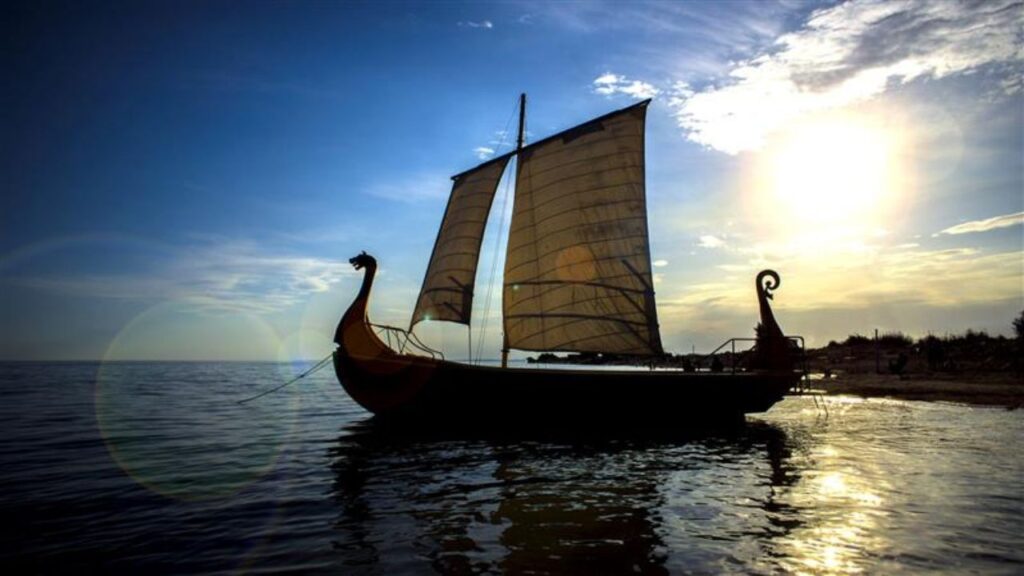
Vikings were not horned-helmeted raiders, but expert sailors from Scandinavia who emerged in the late 700s, advancing exploration across the North Atlantic. They were farmers, traders, and artisans as well as warriors, known for their shipbuilding innovation and ability to adapt to harsh environments. Their voyages reached as far as Greenland and Newfoundland, proving their maritime culture was advanced, versatile, and determined.
A Society More Nuanced Than You Knew
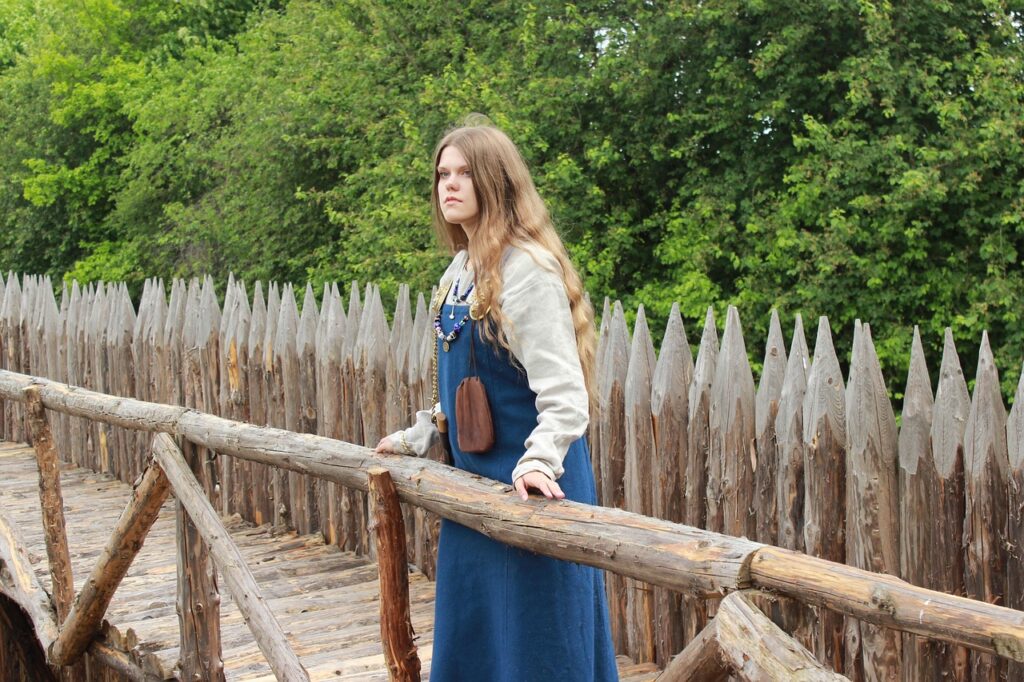
Norse society was structured but participatory, with public assemblies called “things” where free men debated decisions, giving their politics some democratic aspects. Thralls and many classes were excluded, showing limits. Still, women enjoyed more rights than most contemporaries, with inheritance and divorce protections. Vikings were not only fighters but also farmers, jewelers, and explorers with a culture richer than legend suggests.
The Critical Missing Piece: Population Numbers
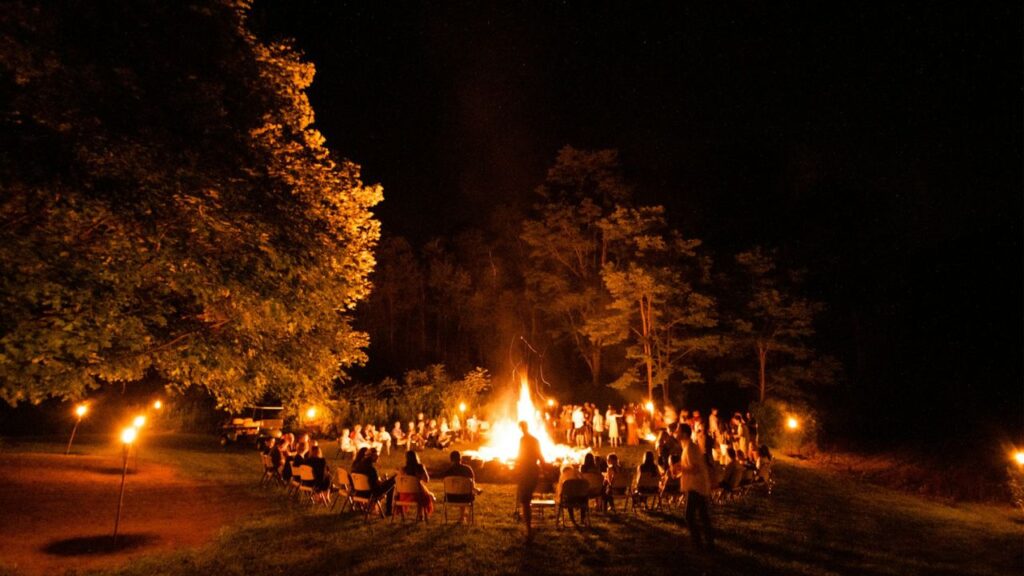
For true colonization, numbers matter, and Norse expeditions to Vinland never had them. Greenland itself supported a few thousand at peak, but expeditions across the Atlantic carried only dozens or perhaps a hundred settlers at most. Such thin manpower made lasting presence impossible on such a vast new land. Skill and courage they certainly had, but sheer population limits doomed hopes for permanent settlement.
A Clash of Cultures, Not Just Swords

The sagas describe encounters with North America’s indigenous peoples, sometimes involving trade but also escalating into violence. These established communities resisted outside encroachment, demonstrating the land was not empty or easily taken. For the Norse, who often relied on raiding or negotiation in Europe, the realities of facing well-organized defenders in Vinland discouraged more permanent footholds and underscored cultural differences.
Resource Hunters, Not Suburban Developers
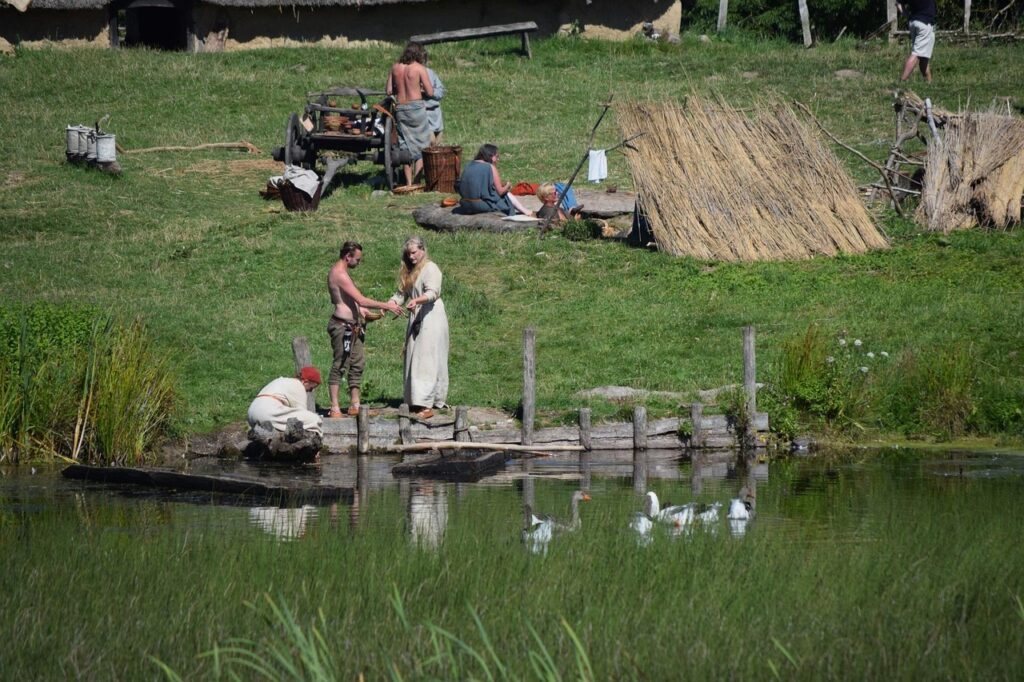
Vinland expeditions focused on resources, not homesteads. The Norse sought timber, which was scarce in Greenland, and valued fish, furs, and new hunting grounds. Their approach reflected opportunism rather than colony building, since they lacked infrastructure or the intent to create towns. Long-term settlement meant stability, but the Viking mindset in Vinland leaned toward resource expeditions and short stays rather than building permanent communities.
The Harsh Realities of Vinland’s Climate
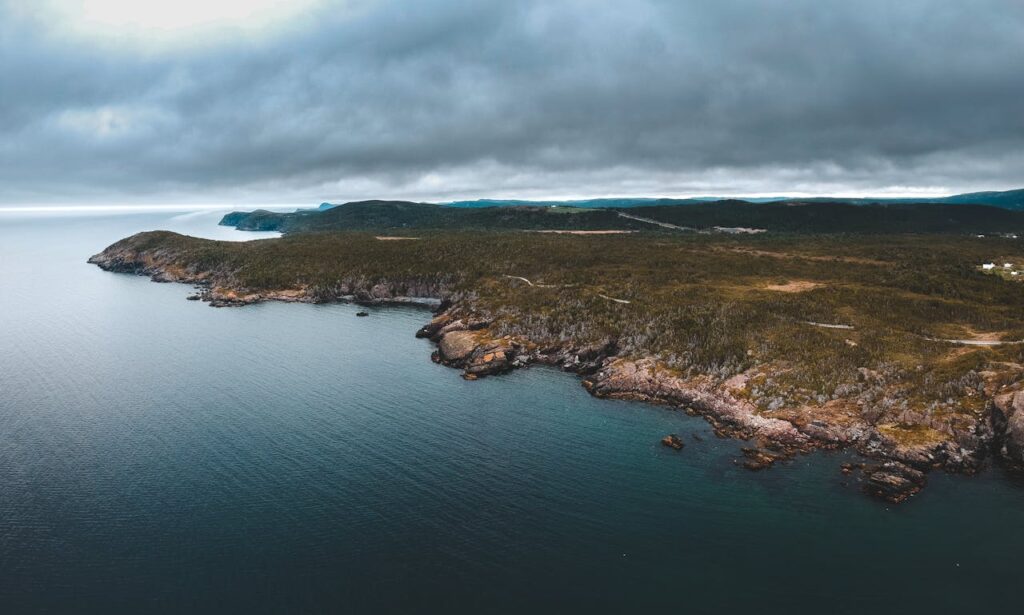
Newfoundland’s environment posed serious challenges. Barley, rye, and wheat, central to Norse diets, grew poorly in the short seasons with sudden frosts. Livestock survival was unreliable. Farming seemed possible in small plots but not for sustaining a settlement long-term. Compared with Iceland’s soils or Greenland’s pastures, Vinland’s unpredictable climate undermined attempts at self-sufficiency, making regular support from across the ocean essential and risky.
The Perilous Supply Chain
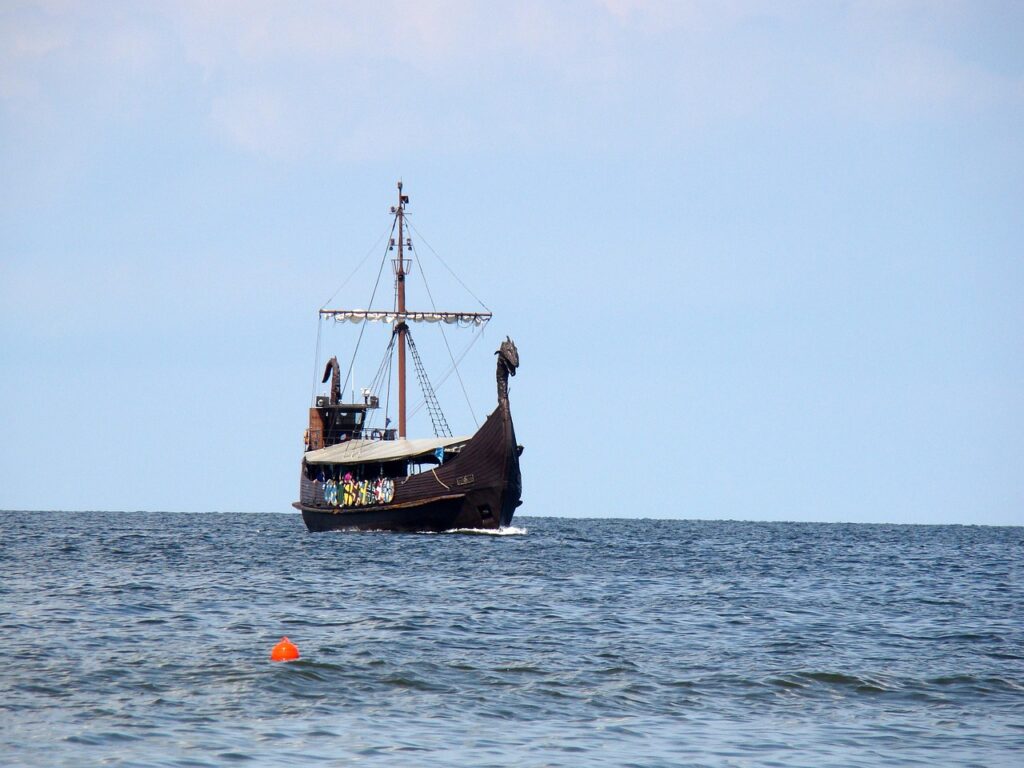
Operating a colony thousands of miles from Scandinavia through Greenland was daunting. Even with skillful ships, one storm could sever links and leave settlers stranded. Supplies of tools, textiles, or iron were hard to maintain. The logistical burden outweighed gains from distant Newfoundland, and consistent resupply proved unsustainable. With such fragile connections, Vinland was too risky for ongoing settlement, even for history’s boldest seafarers.
A Different Agenda: Exploration vs. Colonization

At their core, Norse voyages were exploratory. They mapped seas, found resources, and pushed boundaries, but they lacked the drive for colonization seen in later Europeans. Gold and spices that drew Spain and Portugal centuries later were absent. Timber was useful but not transformative. Combined with climate, resistance, and supply obstacles, the cost outweighed reward. In the end, Vinland became a footprint of exploration, not a colony.